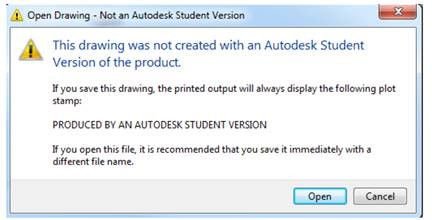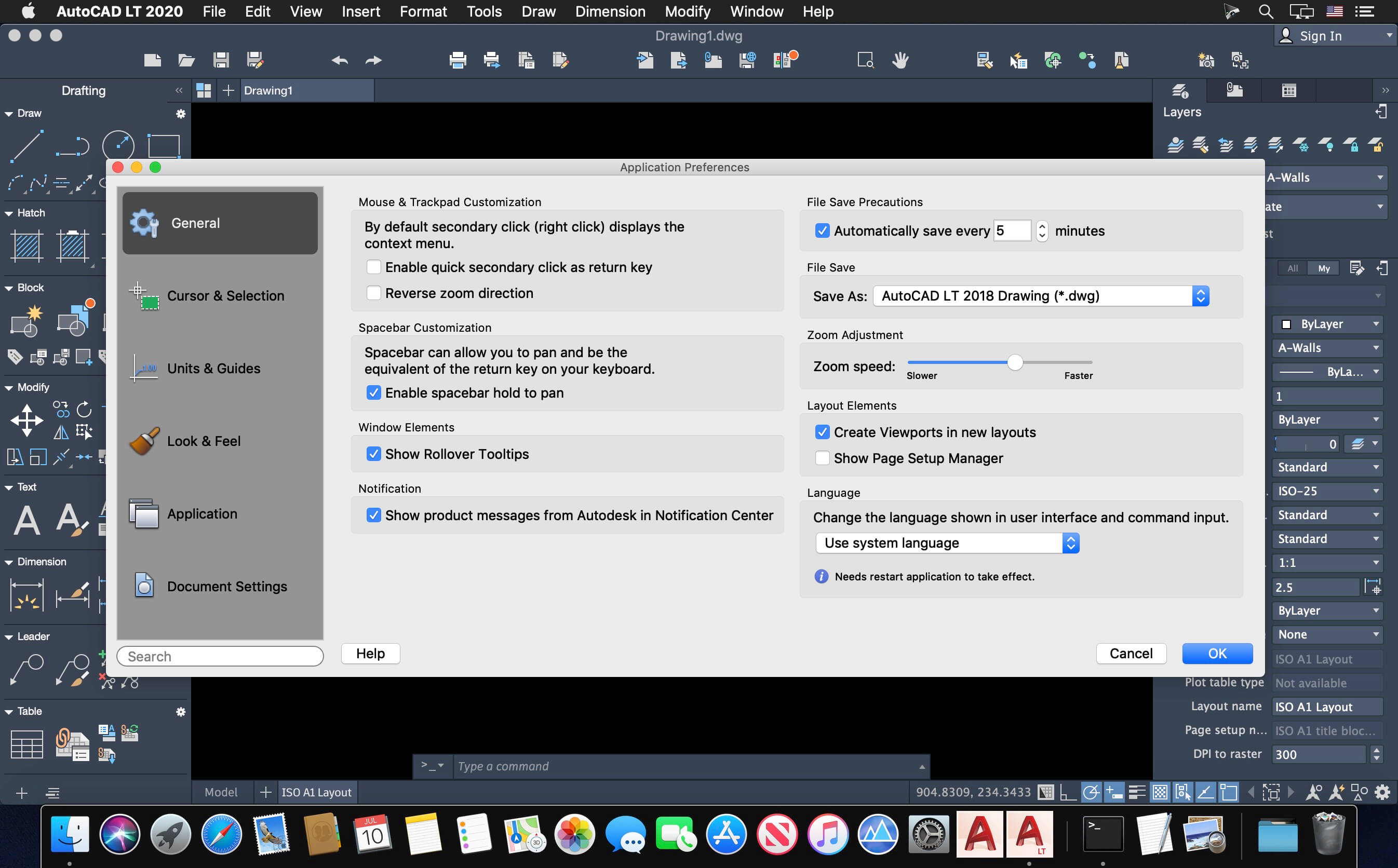
The dimensions are created when the center of the circle or arc is located off the layout. It is used to create jogged radius dimensions. The Ordinate dimension will display the ordinate value of the specified feature point. Here, we need to specify the feature location or center point in the figure.

The ordinate dimension measures the horizontal or vertical distance from the point of origin. We can move the cursor in any direction to place the dimensions.
The diameter of the selected circle will be displayed, as shown in the below image:. Type DIMDIA or DIMDIAMETER on the command line and press Enter. Select the Diameter icon from the ribbon panel. Let's measure the Diameter dimensions of the circle in the above figure. It displays the diameter symbol before the dimensioning text. Note: The diameter dimensions are popularly used to measure the diameter of the circle, while the radius dimensions are used to determine the radius of an arc or fillet. The diameter dimension will give us the diameter of the selected circle. The radius of the selected circle will be displayed, as shown in the below image:. Here, we have selected the outer circle, as shown in the below image: Type DIMRAD or DIMRADIUS on the command line and press Enter. Select the Radius icon from the ribbon panel. Let's measure the Radius dimensions of the circle in the above figure. It displays the radius symbol before the dimensioning text. The radius dimension will measure the radius of the selected circle or arc. The value of the arc chosen will be displayed, as shown in the below image:. The selected arc is shown in the below image: Here, we have selected the polyline arc segment because the arc is joined to the lines. Select the arc or polyline arc segment in the figure. Type DAR or DIMARC on the command line and press Enter. Select the Arc Length icon from the ribbon panel. Let's measure the Arc Length dimensions of the arc in the above figure. The symbol of the arc is displayed either above or before the dimension value. The arc dimension measures the distance along an arc or polyline arc segment. The value of the angle between the two selected lines will be displayed, as shown in the below image:. Select the first line and second line in the given figure, as shown below:. Type DIMANG or DIMANGULAR on the command line and press Enter. Select the Angular icon from the ribbon panel. Let's measure the angular dimensions of the above figure. The angular dimensions will give us the measurement of the angle between the two selected lines. 
Hence, for slanted lines, aligned dimensions are recommended. We can also notice the difference between the two values. We can consider that aligned dimensions are parallel to the line while linear is not. The value of the linear and aligned dimensions are shown in the below image: The two points of a slanted line are shown in the below image: The aligned dimension displays the true or exact value of the slanted lines, while the linear dimension does not. What is the difference between linear and aligned dimensions? Type DAL or DIMALIGNED on the command line and press Enter.
Select the Aligned icon from the ribbon panel. Let's measure the aligned dimensions of the above figure. The dimensions will be parallel to the created slanted line. It is commonly used to measure the slanted lines. 
The aligned dimension will give us the exact distance between the two selected points or endpoints.
The dimension of the corresponding line will be displayed, as shown below:. 
Select the first point and second point of a line to be measured, as shown below:.Type DLI or DIMLINEAR on the command line and press Enter. Select the Linear icon from the ribbon panel.Let's measure the linear dimensions of the above figure. Let's discuss each type of dimension in detail.Ī linear dimension will give us the horizontal or vertical distance between the selected points. We can choose the desired dimension accordingly. The drop-down list will look like the below image: It will appear on the drop-down list of the dimension, as shown in the below image: The dimension area on the ribbon panel will look like the below image: We can modify the dimensions in different drawing units according to the requirements. It is used to display the dimensions of drawings or models in AutoCAD.








 0 kommentar(er)
0 kommentar(er)
